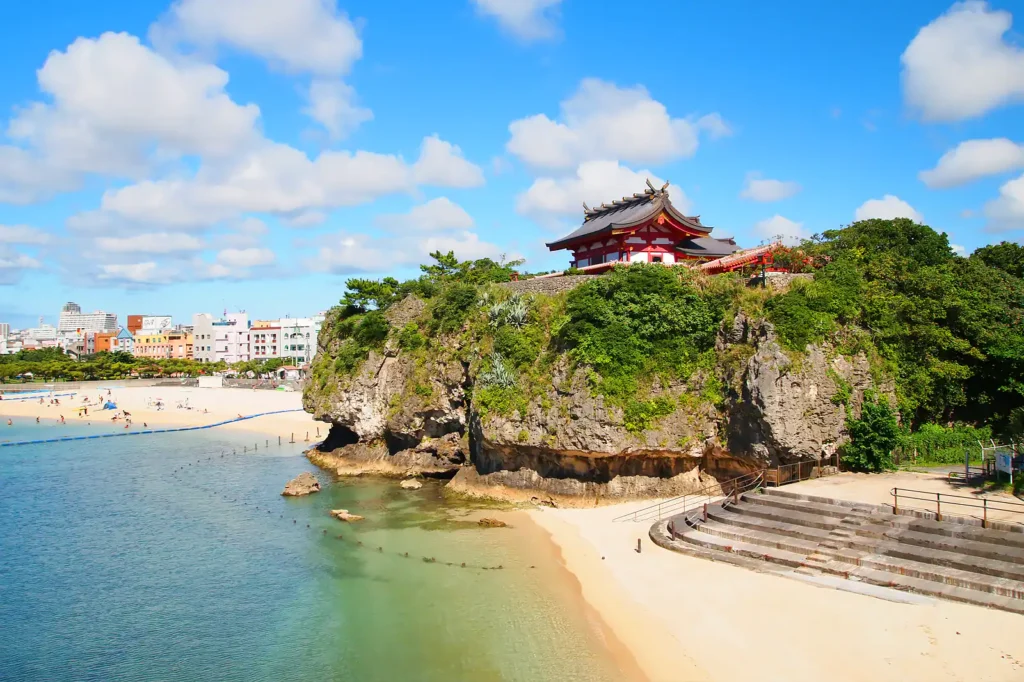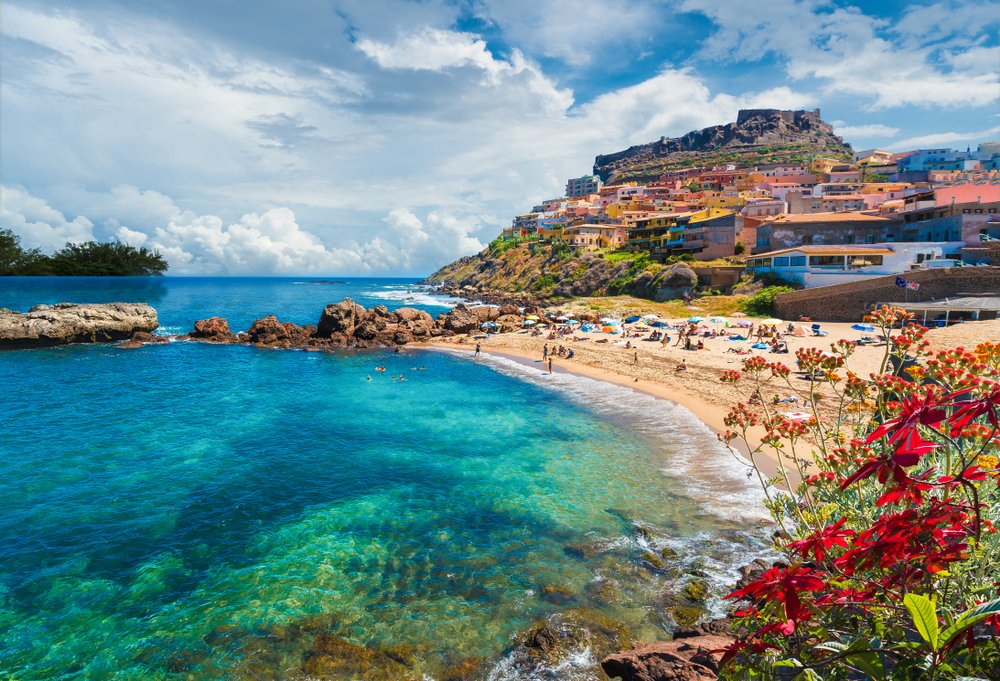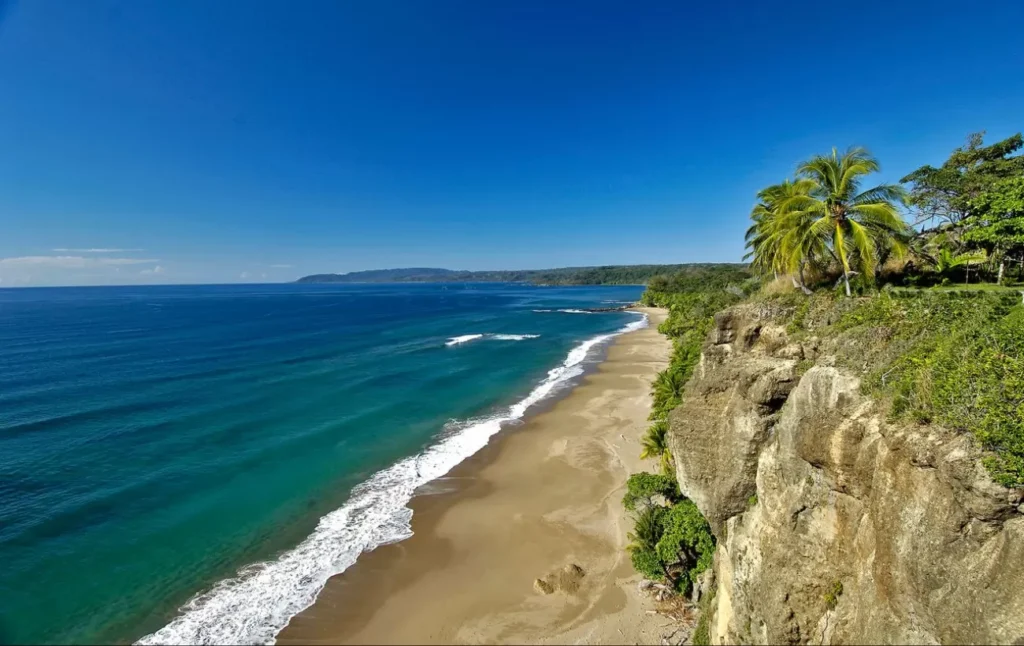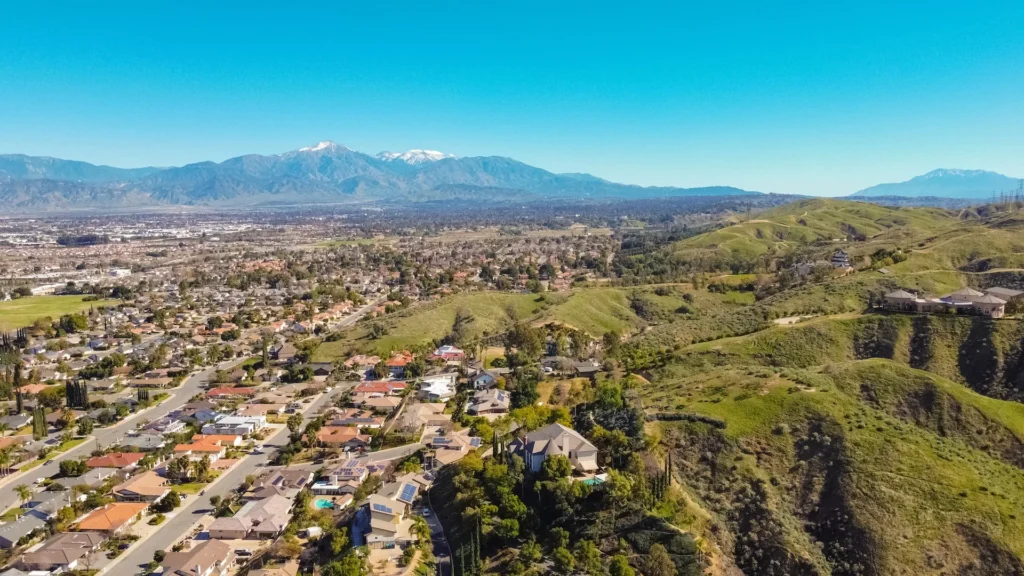In a world where the quest for longevity and well-being is a constant pursuit, the Blue Zones have emerged as fascinating pockets of vitality and health. Coined by journalist and National Geographic Fellow Dan Buettner, the term “Blue Zones” refers to specific regions around the world where people live remarkably longer, healthier lives compared to the global average. These areas offer valuable insights into the lifestyle, diet, and social practices that contribute to increased longevity. In this article, we will explore the concept of Blue Zones, uncover the commonalities among these regions, and glean valuable lessons for fostering a longer and healthier life.
What are the Blue Zones?
The concept of Blue Zones was introduced by Dan Buettner after he identified five regions with the highest concentration of centenarians. These regions include:
Okinawa, Japan

Known for the highest life expectancy in the world, Okinawa has a high number of centenarians who maintain an active lifestyle and follow a plant-based diet rich in sweet potatoes, tofu, and vegetables.
Sardinia, Italy

The mountainous region of Sardinia boasts a high number of male centenarians. The traditional Sardinian diet, rich in whole grains, legumes, and goat’s milk, is complemented by strong social connections and an active lifestyle.
Nicoya Peninsula, Costa Rica

In Nicoya, the combination of a plant-based diet, strong sense of purpose, and a close-knit community contributes to exceptional longevity. Regular physical activity, including a lifestyle of walking and outdoor work, is also prevalent.
Ikaria, Greece

Ikaria is renowned for its low rates of chronic diseases and a high percentage of people over 90. A Mediterranean diet, rich in olive oil, vegetables, and legumes, combined with a strong sense of community and an emphasis on midday napping, contributes to the island’s longevity.
Loma Linda, California, USA

Loma Linda is home to a community of Seventh-day Adventists who follow a plant-based diet, prioritize rest, and maintain strong social connections. Their faith plays a significant role in shaping their lifestyle choices.
Commonalities Among Blue Zones
Plant-Based Diets
A recurring theme in Blue Zones is the emphasis on plant-based diets. The majority of centenarians in these regions consume a variety of fruits, vegetables, whole grains, and legumes. These foods provide essential nutrients and antioxidants that contribute to overall health and well-being.
Physical Activity
Regular physical activity is inherent to the lifestyle in Blue Zones. Whether through daily chores, gardening, walking, or engaging in low-impact exercises, the residents of these regions incorporate movement into their everyday lives, promoting cardiovascular health and overall vitality.
Social Connections
Strong social bonds are a cornerstone of life in Blue Zones. Communities in these regions prioritize familial relationships, friendships, and social interactions. The support system derived from close-knit communities contributes to reduced stress levels and a sense of purpose, both critical factors in promoting longevity.
Sense of Purpose
The residents of Blue Zones often attribute their long and healthy lives to a strong sense of purpose. Whether through work, family, or community engagement, having a reason to wake up each day contributes to mental well-being and a positive outlook on life.
Moderation in Eating
Blue Zone populations practice mindful eating and often adopt the principle of “hara hachi bu,” a Confucian adage from Okinawa that encourages individuals to eat until they are 80% full. This practice helps prevent overeating and supports healthy digestion.
Lessons for Longevity
While the unique cultural and environmental factors of each Blue Zone contribute to the longevity of its residents, there are valuable lessons that individuals worldwide can adopt to promote a longer and healthier life:
Prioritize Plant-Based Nutrition
Incorporate a variety of fruits, vegetables, whole grains, and legumes into your diet. Consider reducing the consumption of processed foods and embracing the benefits of a predominantly plant-based lifestyle.
Stay Active Daily
Find joy in regular, low-impact physical activities. Whether it’s walking, gardening, or engaging in community-based exercises, staying active contributes to cardiovascular health and overall well-being.
Nurture Social Connections
Cultivate strong relationships with family, friends, and your community. Social interactions provide emotional support, reduce stress, and contribute to a sense of belonging and purpose.
Embrace a Sense of Purpose
Identify and pursue activities that bring meaning to your life. Whether through work, volunteering, or personal passions, having a sense of purpose positively impacts mental health and longevity.
Practice Mindful Eating
Adopt mindful eating habits, savoring each bite and recognizing when you are satisfied. Embrace moderation and balance in your dietary choices.
The Blue Zones offer a glimpse into the remarkable potential for extended and healthy lifespans. While the specific lifestyle practices of each region may differ, the commonalities provide a roadmap for individuals seeking to improve their overall well-being. By incorporating lessons from Blue Zones, such as embracing plant-based diets, staying physically active, fostering social connections, finding purpose, and practicing moderation, individuals can enhance their chances of living longer, healthier lives.